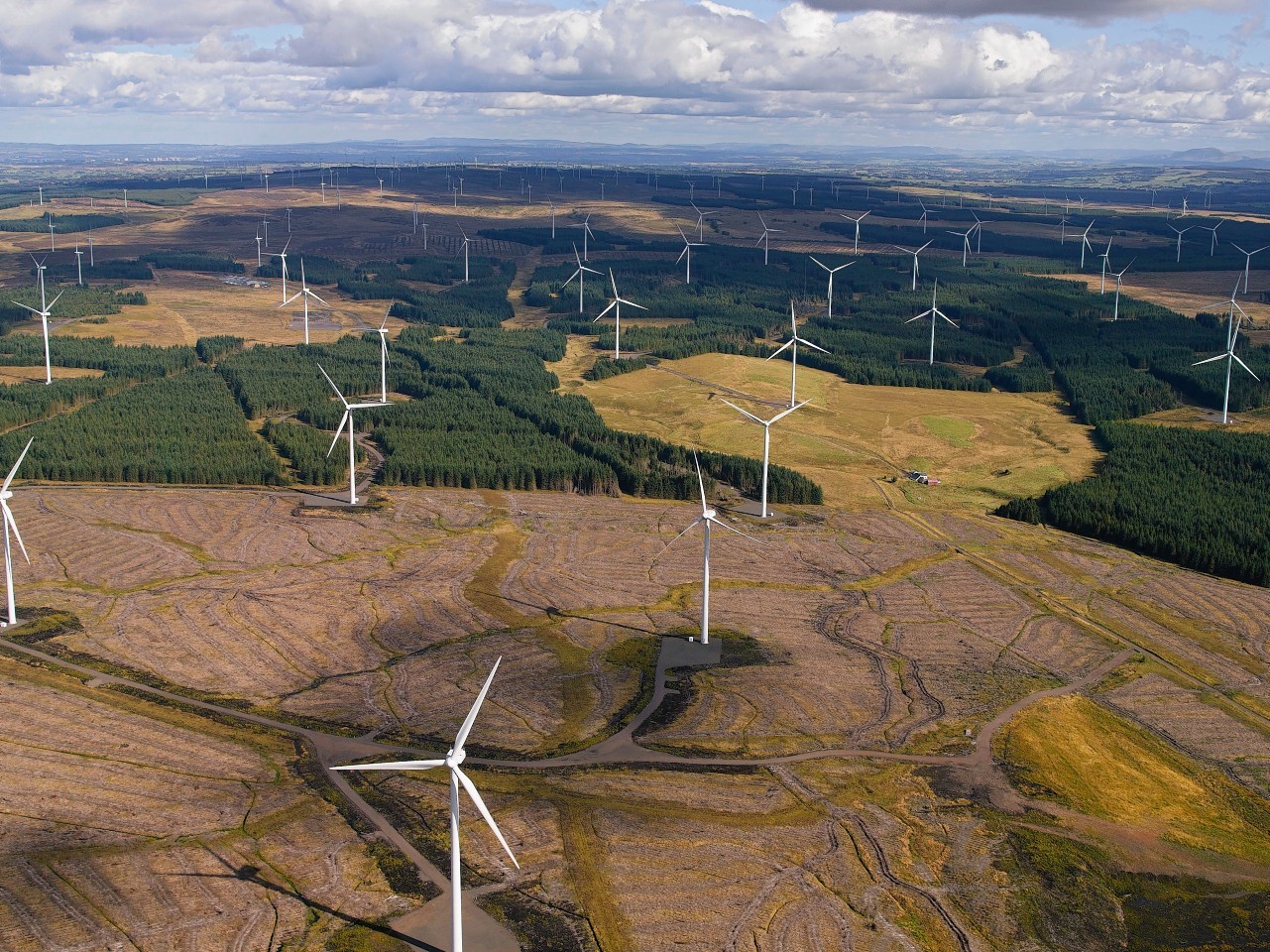Protesters in the north are warning windfarm operators that some schemes could be shut down for breaching noise limits.
Highland activists are preparing to follow the lead of counterparts in England and Ireland who have collated extensive data they say proves planning conditions have been flouted at a number of windfarms.
Campaigners in the north believe similar gauging of the industry in Scotland could open the floodgates for legal action against offending operators.
Sound estimates are usually carried out by developers as part of the groundwork for planning applications to give an indication of anticipated noise levels.
But there is currently no obligation to carry out monitoring once a scheme is built – at which stage councils merely respond to individual complaints about noise.
Residents living near a turbines development in Cambridgeshire have compiled what is thought to be the most comprehensive sound history of any UK windfarm.
Monitoring has taken place over two-and-a-half years, using industry-standard recording equipment to reveal what they claim have been regular breaches at the Cottonfarm scheme at Graveley.
Highland campaigners have seen the equipment operate and now plan to instal similar devices in the north.
Bev Gray, 71, who worked in renewable energy before retiring, stopped holidaying in Scotland due to the spread of windfarms.
As an adviser to a residents’ group, he claims his local wind scheme – Cottonfarm – is “one of the noisiest in the world”, based on data he gleaned by installing a £16,000 machine to measure the decibel output.
Residents there now want the equipment installed at every windfarm, at the owners’ expense, as part of planning conditions.
Mr Gray said: “Developer data is never tested because it’s always taken as being accurate.
“From a month’s worth of monitoring they take a minute’s worth of the lowest noise level to produce a figure. It’s part of the smoke and mirrors of an illusion that allows them to build windfarms close to homes.”
The Cottonfarm scheme was taken over by a City of London investment group.
Spokesman, Tom Rayner, said: “Greencoat UK Wind has worked with the local environmental health officer to monitor noise levels and will continue to do so as required.”
Mr Gray said his data had been taken on board by the local authorities in south Cambridgeshire and would allow people to use “accurate information” as a basis for legal action.
“We’re gradually bringing the wind industry to account,” he said.
“At the moment they can do what the hell they like. Nobody can prove them wrong because the authorities aren’t monitoring things.”
Prominent Highland anti-windfarm campaigner Lyndsey Ward, from Beauly near Inverness, has visited Cambridge and Ireland to witness communities’ monitoring of various schemes.
She said the move was prompted by plans tabled by ABO Wind for a turbines scheme at Allt Carach, south-west of Beauly.
She said: “The potential devastation on our lives from ABO Wind’s proposed 25-turbine development has forced us to research the noise issue in more depth.
“Our home would have the prevailing wind in direct line from the turbines. This is not just for us, but for others across Scotland.
“Sleep deprivation can lead to more serious illnesses. Why there’s no legislation to compel developers to constantly monitor their operations beggars belief.”
Tom Harrison, project manager with Inverness-based ABO Wind UK, said: “Allt Carach is still under investigation, therefore its planning submission is uncertain.
“We would always comply with any noise legislation or planning condition set by the relevant planning authority.
“Should a community have concerns over noise, after consultation with that relevant community, a decision as to whether noise monitoring equipment is required would be considered.”
